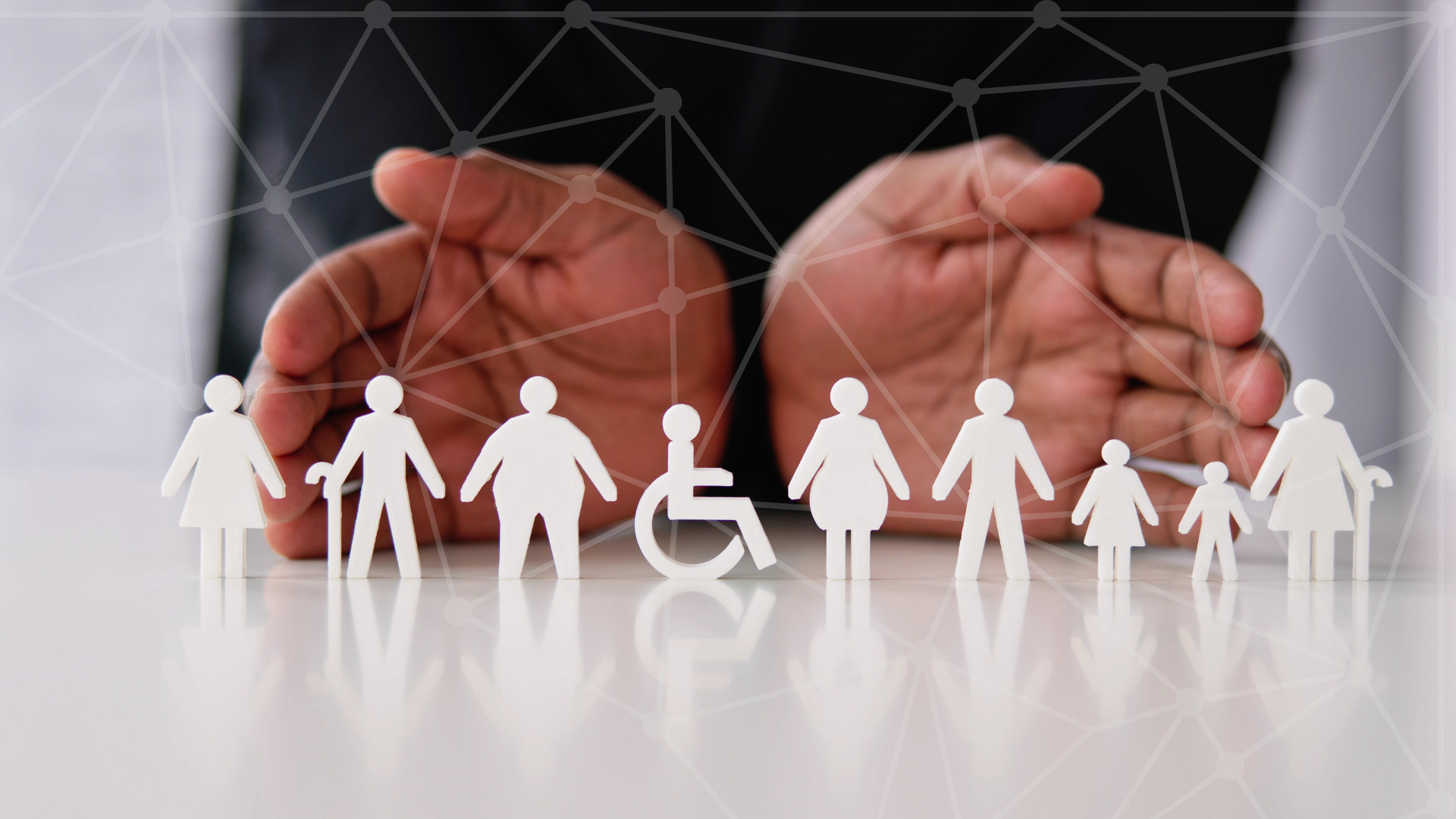Blog
Bridging the Gap: Our Responsibility to Help Reduce Digital Exclusion

We understand that the more effective and successful digital health technology is, the greater the potential digital exclusion can be. As the adoption of getUBetter grows rapidly across the UK, we have the responsibility to ensure that the digital self-management support that we provide is as inclusive and accessible to as many people as possible.
Digital exclusion refers to the social and economic inequality caused by a lack of access to or inability to use digital technologies. In the UK, a significant proportion of the population have limited or no access to devices or the internet and limited or no digital skills. These challenges lead to individuals being excluded from essential services like healthcare and exacerbate health inequalities.
Our approach to reducing digital exclusion
The getUBetter digital self-management platform has been co-designed with people at the centre. Interviews and focus groups are a routine part of our iterative development lifecycle ensuring we have input from people with different physical, mental health, social, cultural, and learning needs of all ages. We also use a similar approach to engage with key NHS stakeholders across all care settings and different professional backgrounds. This holistic approach alongside the experience of working with 17 ICSs has provided important insights that have informed key platform developments and our ICS wide transformation approach.
Insights and how our approach has evolved
- Ensuring compliance with accessibility standards is really important
getUBetter has been assessed against the W3C’s Web Content Accessibility Guidelines (WCAG). The review process evaluation described a conformance Level AA.
- Some people do not have access to devices and/or data
We ensure that getUBetter is free to patients and we minimise the amount of data that is required to use it.
getUBetter is available via the web as well as mobile apps so there is not a dependency on having to have a mobile device and it can be accessed from places like libraries
- You must cater for individuals with visual or auditory impairments.
We allow the use of voice commands and use large fonts and have introduced a zoom in up to 200% capability without the text spilling off the screen
- All ICSs care for people who speak different languages and a proportion of people cannot read
We have introduced subtitles and touch to speak which is available in 10 languages: English, Welsh, Bangla, Portuguese, Spanish, Urdu, Gujarati, Polish, and Somali.
- Some people do not engage with traditional NHS services
getUBetter can be accessed via self-referral and many ICSs now promote its availability in places outside the health system like libraries or gyms
- Carers play a vital role for many people
We have adapted getUBetter to support carers in care homes deliver musculoskeletal support to residents.
- The health system has a crucial role in minimising digital exclusion through educating the workforce and establishing initiatives to support people who could be digitally excluded
Tacking digital exclusion is a key part of our transformation approach
As part of our ongoing work to better understand and minimise digital exclusion we were awarded funding by NHS England as part of their Digital Inequalities Pioneer Programme. Partnering with South-West London ICS we have sought to understand the root causes of digital exclusion in the real world setting from both the perspective of patients and clinicians. We have also been looking at ways to measure and track digital exclusion as a means of driving improvements. We will be presenting some of our findings at Digital Health Rewired and publishing the full findings soon.
Conclusion: Reducing digital exclusion is everyone’s responsibility
As digital health continues to reshape the landscape of healthcare, it is essential we all recognise and address the issue of digital exclusion. By continually working together towards making more inclusive, user-friendly, and accessible technology we can maximise the benefits for as many people as possible.